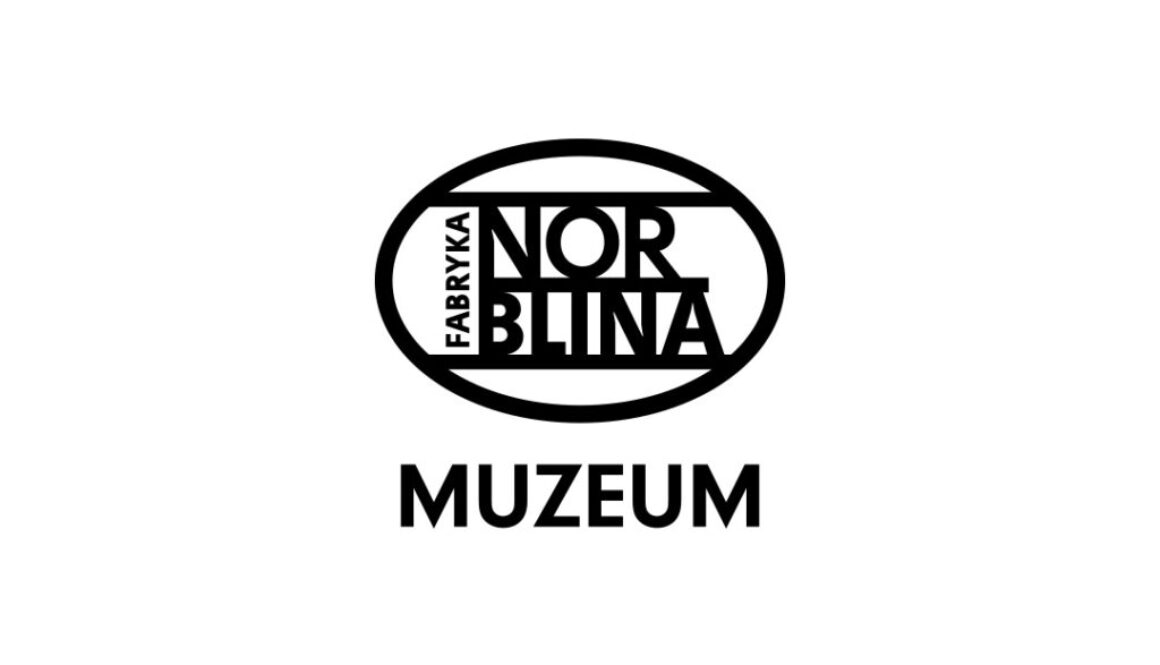Norblin Factory in a nutshell
The most interesting and important paths are ‘Buildings and Architecture’ and ‘Machinery and Equipment’. It is on these that we can see objects that are elements of the historic Norblin Factory, entered in the register of monuments. Equally interesting, although not based on objects entered in the register of monuments and forming an integral part of the Factory, is the Products path, where we can see the original historical products of the Factory. The People trail is a form of walk through the factory streets and squares, which have their patrons – historical figures connected with the Factory, whose names they bear.
Visitors begin their journey through the history of this remarkable place from the end of the 18th century, when it was still owned by Franciszek Ryx, butler to King Stanislaw August, through the glory years of the Norblin, Buch Brothers and T. Werner plant, to the post-war activities of the plant, now operating as “Walcownia Metali Warszawa”.
The museum also presents the fate of the site after 1982, when factory production ceased. Visitors learn about the history of the Werner and Norblin families, profiles of the factory’s historically significant figures – including Franciszek Ryx, or Julia Keilowa – an outstanding inter-war designer who created for the most important Polish plating factories, and see an impressive collection of the then extremely popular wares.
